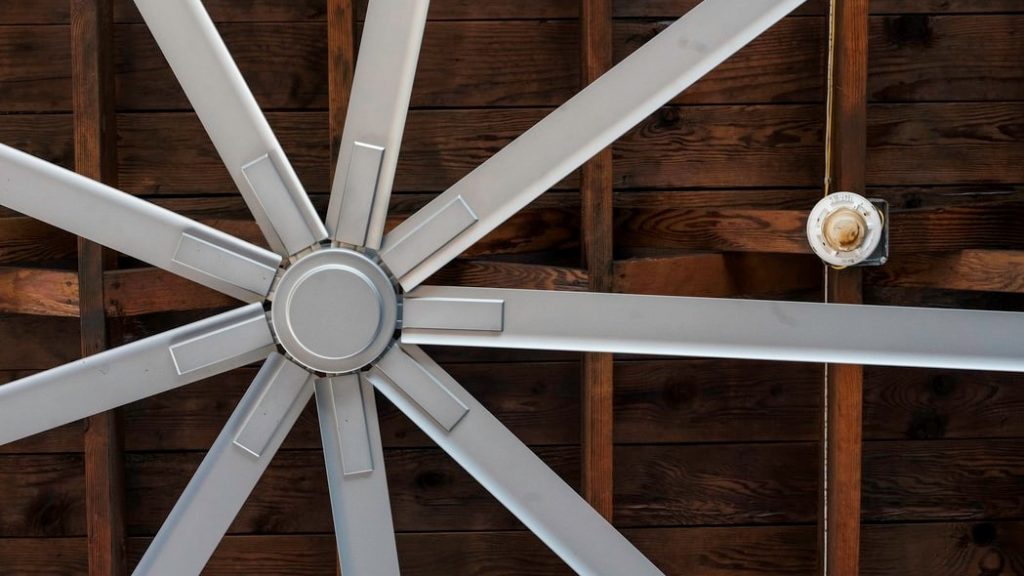To get the most out of a ceiling fan, it’s important to choose a fan that is the right size for the room it’s going to be used in. Size does matter.

As the heat of summer approaches, having ways to stay cool at home is especially important. Installing new air conditioners or HVAC units can be expensive and can also add significantly to your ongoing cooling costs. In many cases, a major cooling system upgrade isn’t even needed. Simple things like the right curtains and ceiling fans can go a long way towards keeping things cool even in the heat of summer. You just need to make sure you’ve got the right fan for the space.
How Big Your Fan Should Be
To get the most out of a ceiling fan, it’s important you choose the right size fan for the room. If you’re underwhelmed by the effect a ceiling fan has in one of your rooms, most of the time you can trace the issue back to fan size. In order to get the right fan size, you need to know the square footage of the room. The square footage is calculated by multiplying the length of the room by the width of the room.
Once you’ve calculated the square footage, determine the size of the fan using these guidelines. If your room is smaller than 144 square feet, use a fan diameter as small as 42 inches. When the overall square footage of the room is more than 144 square feet but less than 255 square feet, increase the size to 44 inches. If you’re trying to cool a room larger than 255 square feet, you will need to jump up to a 52-inch fan to achieve proper circulation. Depending on the space, you may need to install more than one fan (common in rooms larger than 300 square feet) to achieve optimum conditions.
Positioning a Ceiling Fan
In most cases, place the ceiling fan in the center of a room. However, this isn’t a hard and fast rule. There may be situations where you’re better off placing the fan elsewhere. For instance, if the airflow is blocked by something near the center of the room, relocate the ceiling fan to take advantage of better airflow.
A frequently overlooked issue with ceiling fan positioning is the vertical height of the fan and the room. For ceilings with an overall height of 8 feet or less, ceiling fans are typically mounted directly to the ceiling. With 9-foot or taller ceilings, use a down rod in conjunction with ceiling mounts to ensure the fan is in the optimal position for cooling. Most down rods are around 12 to 18 inches long. A-frame houses or otherwise very tall ceilings may need down rods that are 24 or 36 inches or even longer.
Ceiling Fan Installation
Installing a ceiling fan may seem like a big job, and admittedly it might not be for the weak of heart. When it comes down to it though, the entire process is likely easier than you expect. First, install a box for the fan and a brace connected to the framing in the ceiling. Once that’s secure, run wires from the fan and then attach the fan to a hanger bracket. Last, you will assemble the fan and hang.